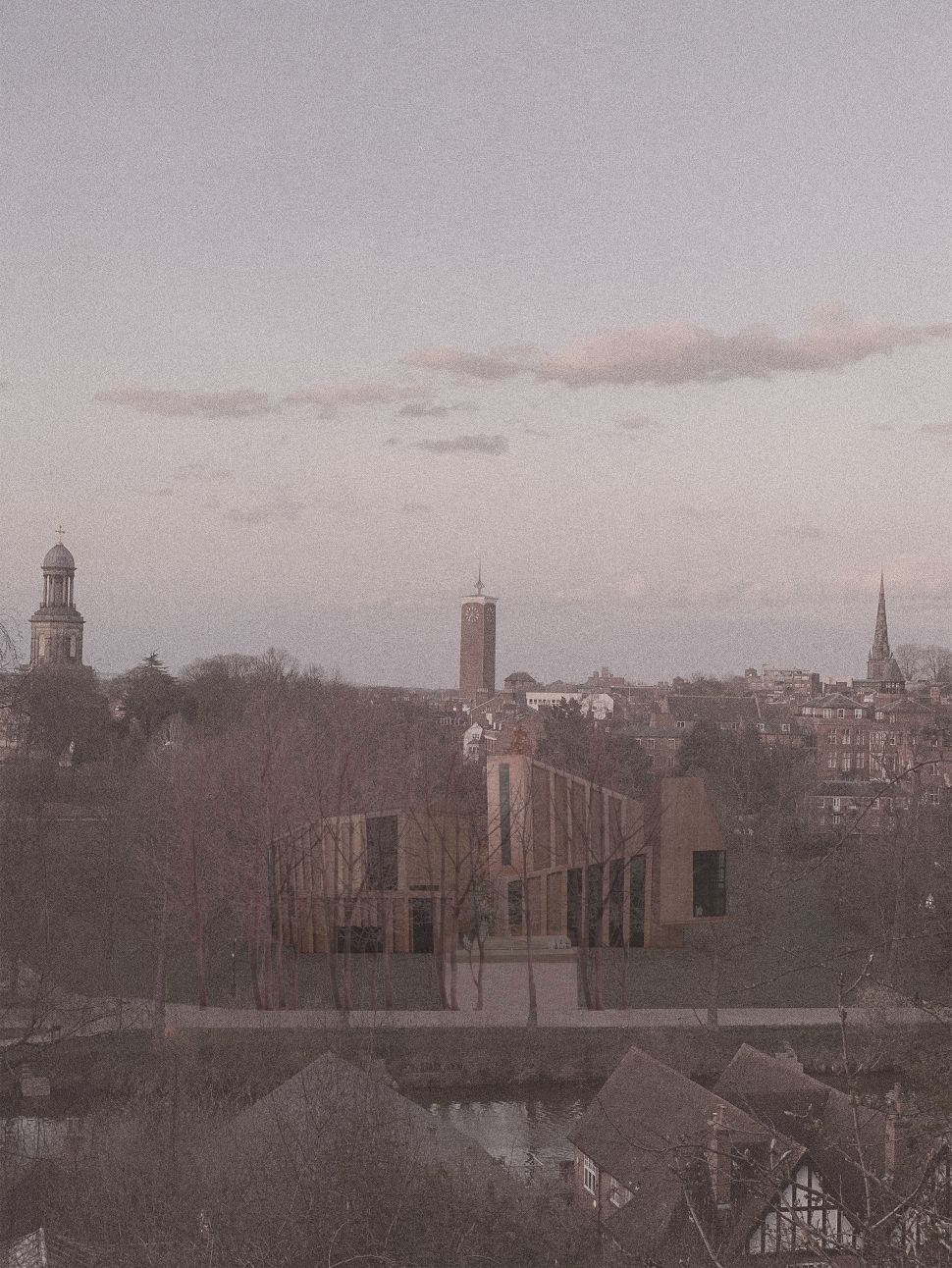Continuity in Architecture (1993 - ) run programmes for the design of new buildings and public spaces within the existing urban environment. The emphasis is on the importance of place and the idea that the design of architecture can be influenced by the experience and analysis of particular situations, a strategy that establishes an explicit relationship with environment, circumstances and history, not just with the building site and its immediate surroundings, but also with the climate, topography, geology, culture of the society that initially used the place and also those that will occupy it now and in the future.
This year, BA3 and MArch years worked together on projects in Shrewsbury. Following the pattern of previous years, and linked to Continuity in Architecture’s research enquiries into Small Settlements, the atelier worked, by invitation, in partnership with a local regeneration team named Shrewsbury Big Town Plan. Working on a site on the edge of the Town Centre, students in BA3 have made contemporary, contextual additions to the town; housing the new Library and Council Offices. Starting with an investigation using Gordon Cullen’s ‘Serial Vision’ (1961), students examined the approach to the site through two axial routes from the Train Station and investigated the unique quality of site as a boundary between the Town Centre and the 16th Century Quarry Park.
The still life paintings of Morandi typically depict several vessels, the form of each reflecting the desires and purpose of its maker. Each composition acquires particularity by the idiosyncrasies of the vessels and the way in which they stand together, forming an apparently casual arrangement that is, in fact, so carefully composed that the equilibrium among the vessels and the meniscus-like tension of the space around and between them would be destroyed by any even slight adjustment.Kevin Kieran from ‘The Uses of Difference’, 1997.


